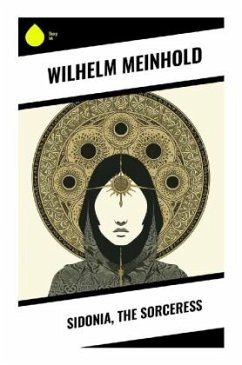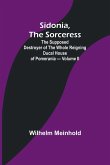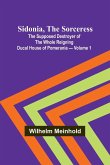In "Sidonia, the Sorceress," Wilhelm Meinhold crafts a compelling narrative that intertwines themes of witchcraft, superstition, and the moral complexities of human nature in 17th-century Europe. The novel employs a gothic literary style, rich with atmospheric detail and vivid characterizations, reflecting the socio-religious tensions of the period. Meinhold explores the life of Sidonia, a young woman accused of witchcraft, delving into the labyrinth of her personal turmoil and societal critique. Drawing on historical elements and the witch hunts that plagued the era, the text mirrors the anxieties surrounding gender roles and the conflation of power and fear in a rapidly changing world. Meinhold, a German writer and clergyman, was deeply influenced by the folklore and superstitions of his homeland, which shaped his fascination with witch trials and their socio-cultural implications. His own experiences in a religious setting contributed to the moral undertones prevalent throughout the narrative. By embedding these themes within a fictional framework, Meinhold illuminates the destructive impact of hysteria on individual lives and communal bonds. "Sidonia, the Sorceress" is a must-read for scholars of gothic literature, history, and gender studies, as it not only entertains but also provokes critical reflections on the past, urging readers to consider the manifestations of fear, power, and persecution in contemporary contexts.
Bitte wählen Sie Ihr Anliegen aus.
Rechnungen
Retourenschein anfordern
Bestellstatus
Storno








